
AeroGenie — ваш интеллектуальный второй пилот.
В тренде
Categories
Envoy Air Receives New Embraer Jet
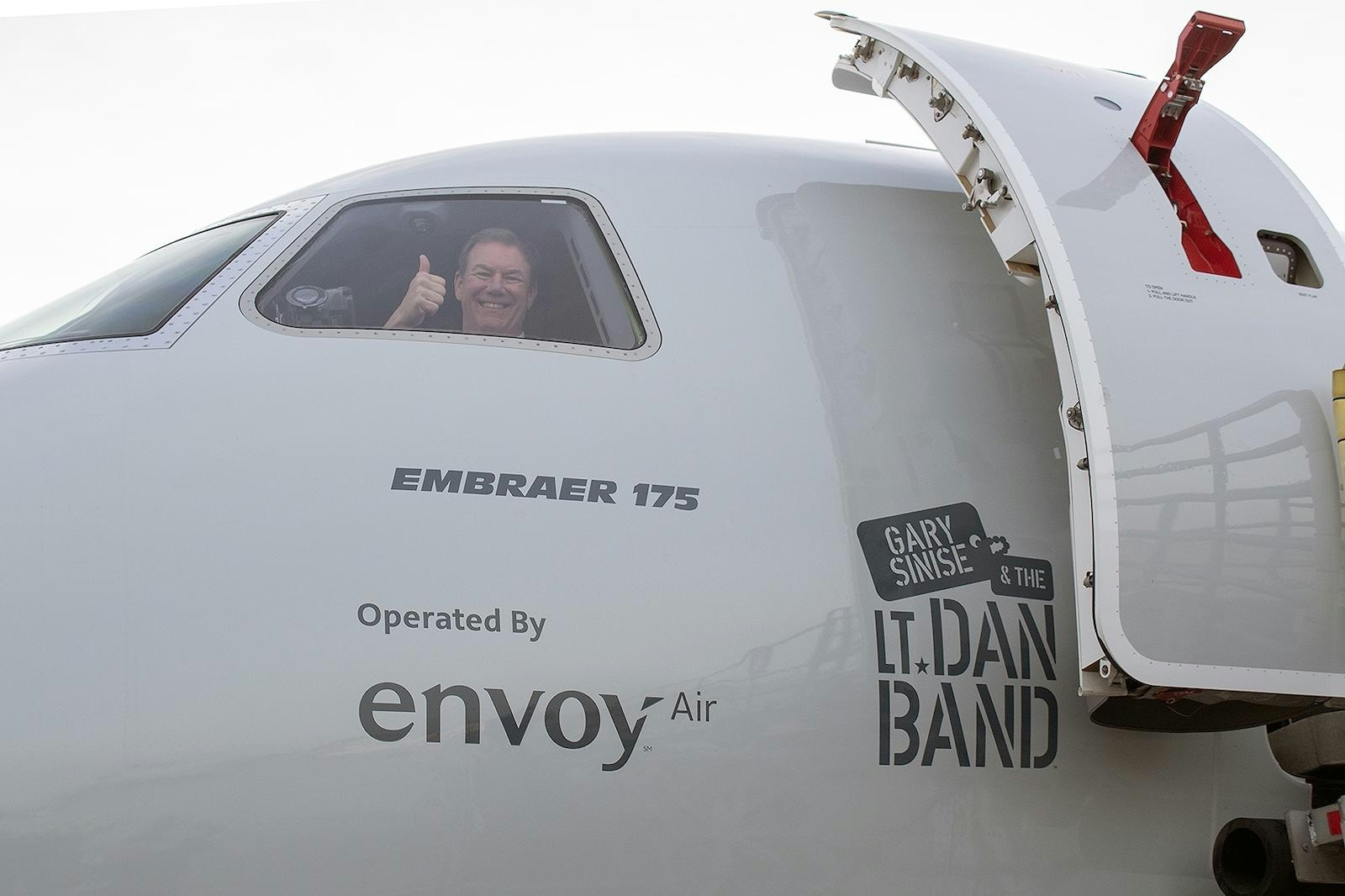
Envoy Air Expands Regional Fleet with New Embraer E175 Jets
Envoy Air has announced the acquisition of 33 new Embraer E175 aircraft, signaling a substantial expansion of its regional fleet. This strategic move arrives amid a period of intensified competition and evolving operational strategies within the airline industry, as carriers strive to adjust to shifting market dynamics and emerging challenges.
Operational Implications and Industry Response
The integration of the Embraer E175s into Envoy Air’s existing operations presents a complex set of opportunities and challenges. The airline must navigate potential issues related to maintenance expenses, regulatory compliance, and the smooth assimilation of the new jets into its current network. These factors are critical, as they may influence operational efficiency and long-term profitability, particularly in an environment where airlines face increasing scrutiny over safety protocols and environmental standards.
The announcement has elicited prompt reactions across the industry. Analysts suggest that Envoy Air’s fleet enhancement could intensify competition among regional carriers, compelling rivals to reconsider their own fleet development plans. For instance, competitors such as All Nippon Airways (ANA) may expedite the introduction of Embraer E190-E2 aircraft to match Envoy’s expanded capacity and service capabilities. This heightened competition is expected to drive strategic adjustments in pricing and route management as airlines seek to protect or expand their market share.
Industry Context and Future Outlook
The broader airline sector is currently contending with economic uncertainties and fluctuating consumer demand, factors that are influencing both immediate and long-term strategic planning. Recent financial reports from major carriers have highlighted margin pressures and downward revisions in forecasts, underscoring the challenges faced by the industry. Experts caution that while the addition of new aircraft like the E175s offers potential benefits, careful management is essential to prevent increased cost burdens or operational disruptions.
Nonetheless, some industry observers maintain a cautiously optimistic view regarding growth prospects. They argue that focused investments in fleet modernization, exemplified by Envoy Air’s recent acquisition, could position airlines to capitalize on anticipated rebounds in demand and shifting passenger preferences. Success, however, will depend on the ability to effectively manage regulatory requirements, control costs, and respond strategically to competitive developments.
As Envoy Air advances with its fleet expansion, both the airline and the wider industry confront a challenging environment. The forthcoming months will be pivotal in testing carriers’ capacity to adapt, innovate, and sustain resilience amid ongoing market fluctuations and competitive pressures.
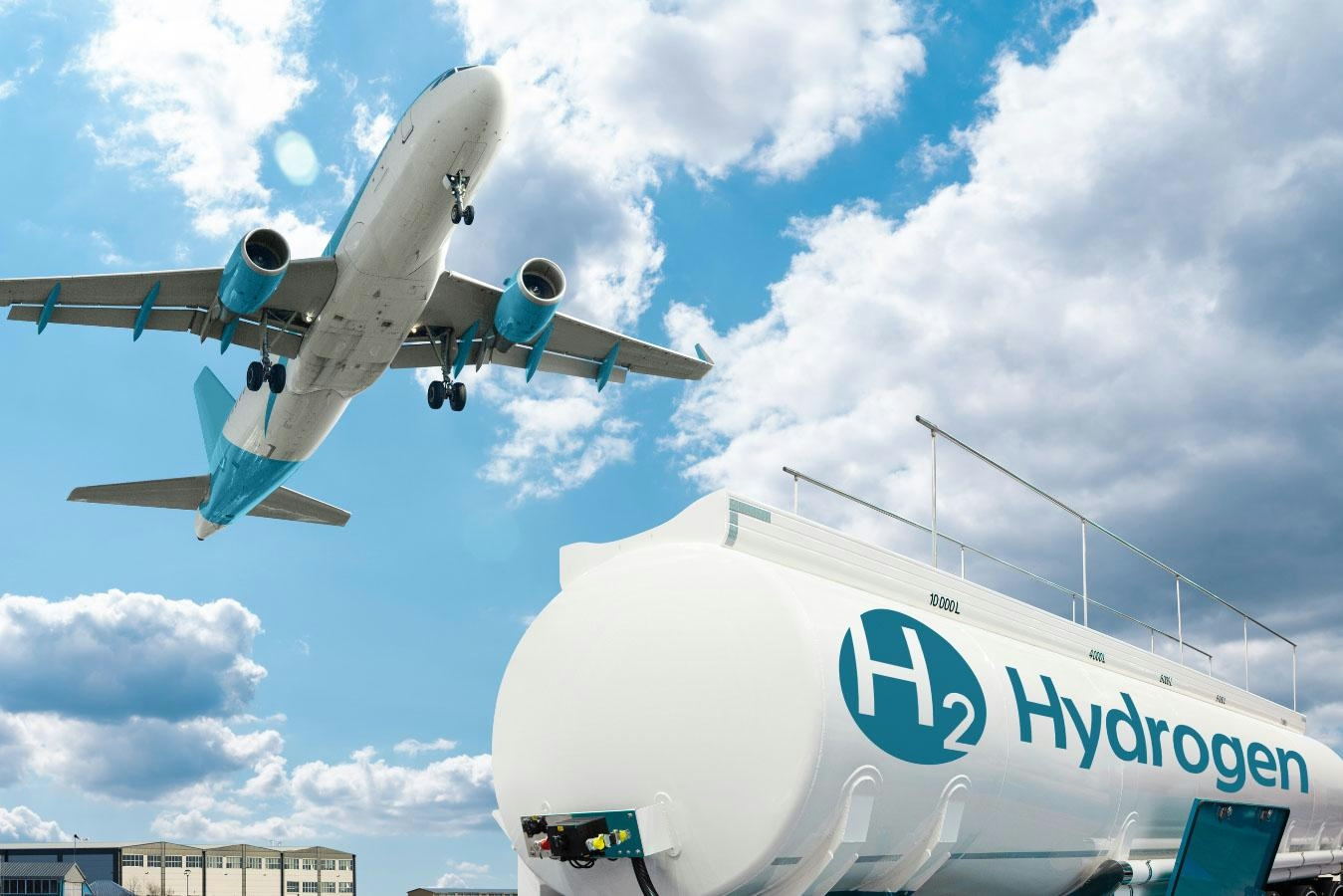
Hydrogen Combustion vs. Fuel Cells: Evaluating Options for Aviation
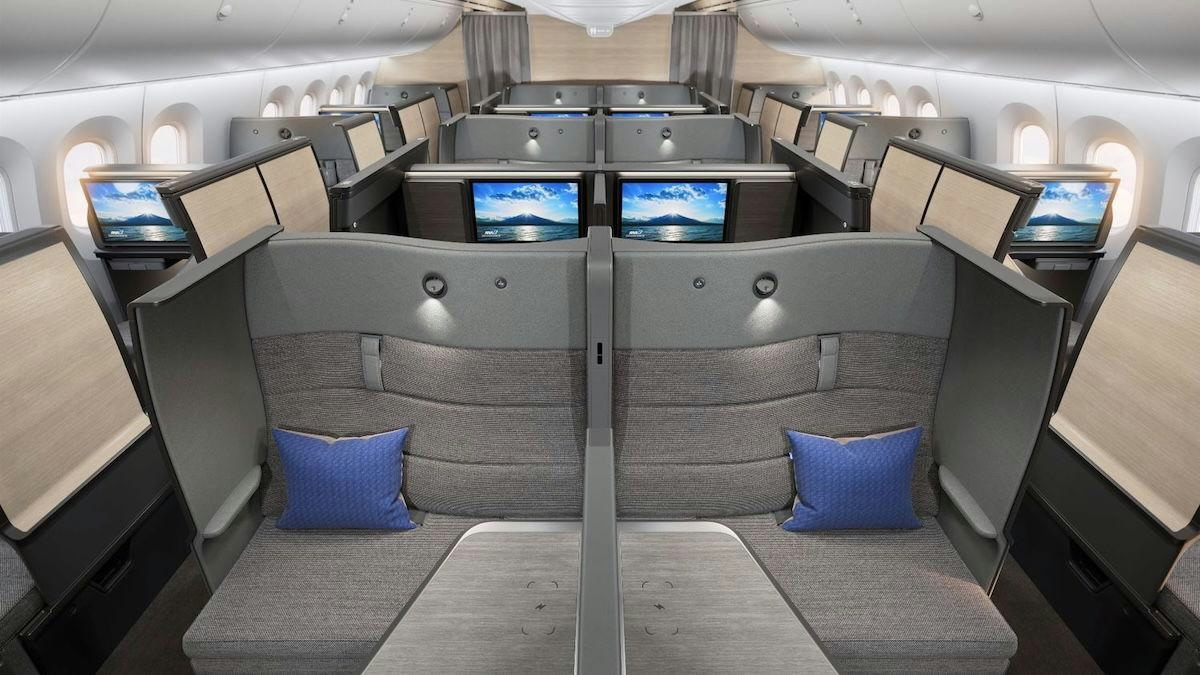
ANA Introduces The Room FX Business Class on Boeing 787 Dreamliners
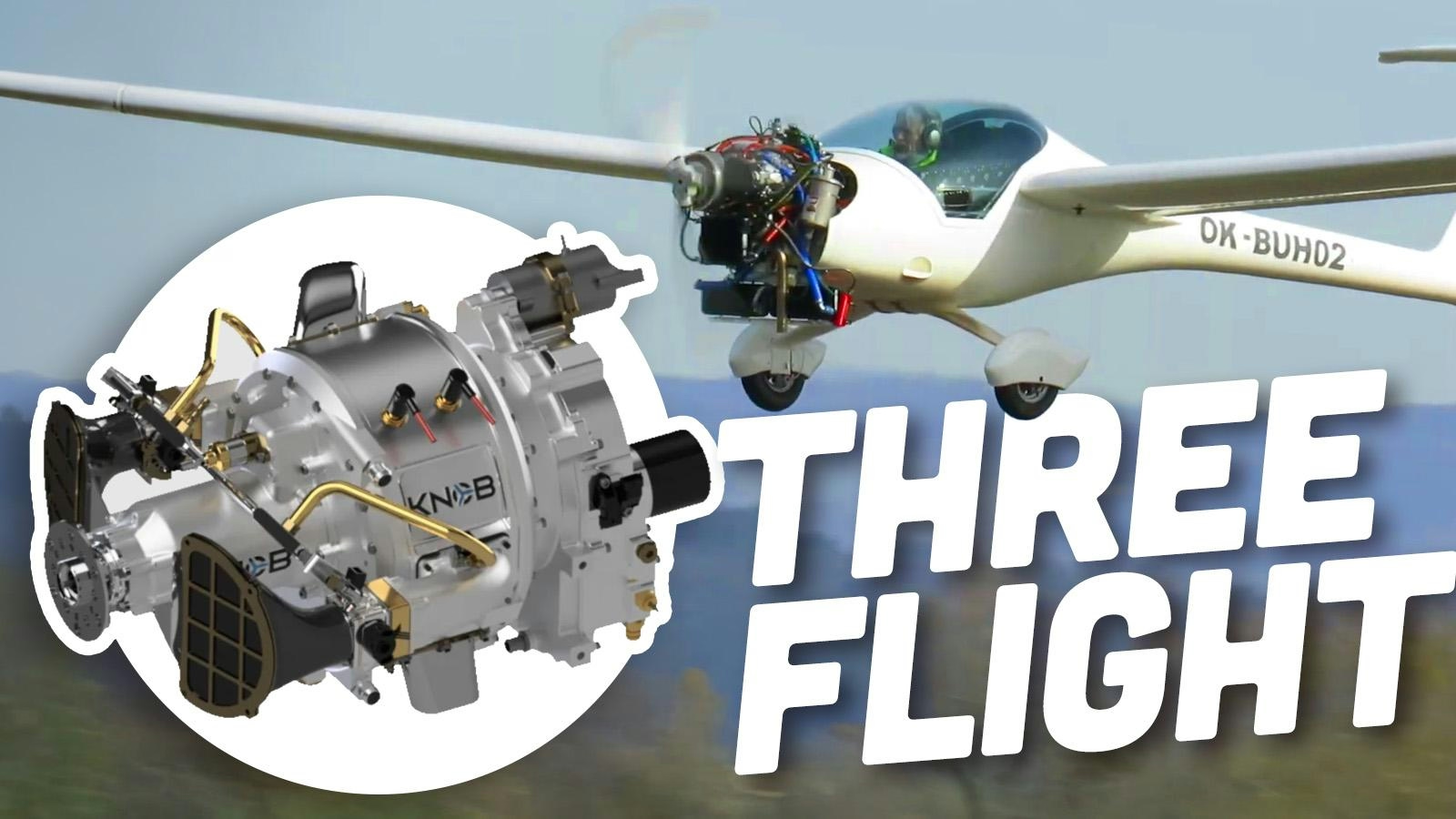
New Three-Cylinder Engine Features Rotating Block and Stationary Head

Credit Card Rewards Compete with Airline and Hotel Loyalty Programs
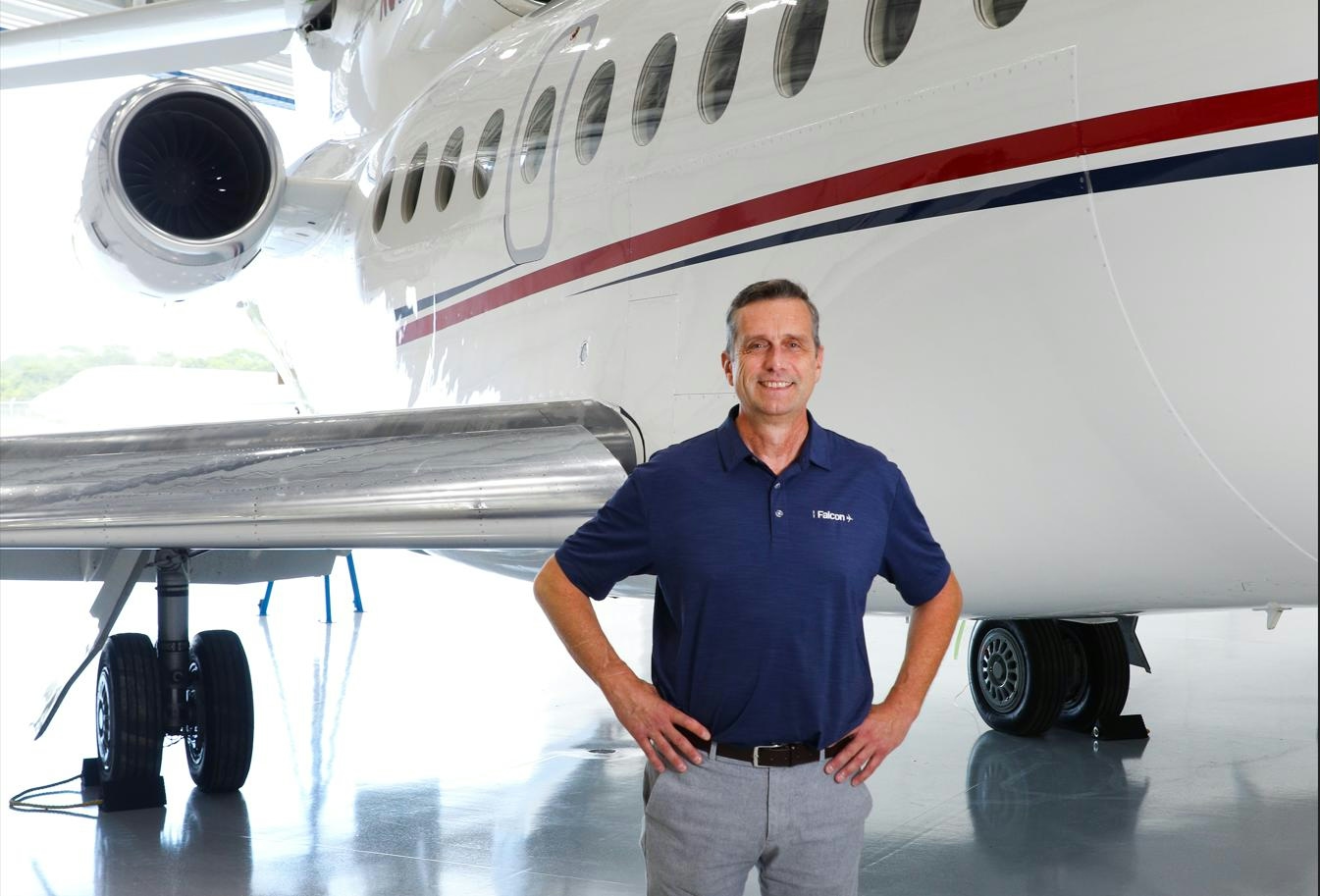
ExecuJet MRO Installs Starlink on Falcon 8X
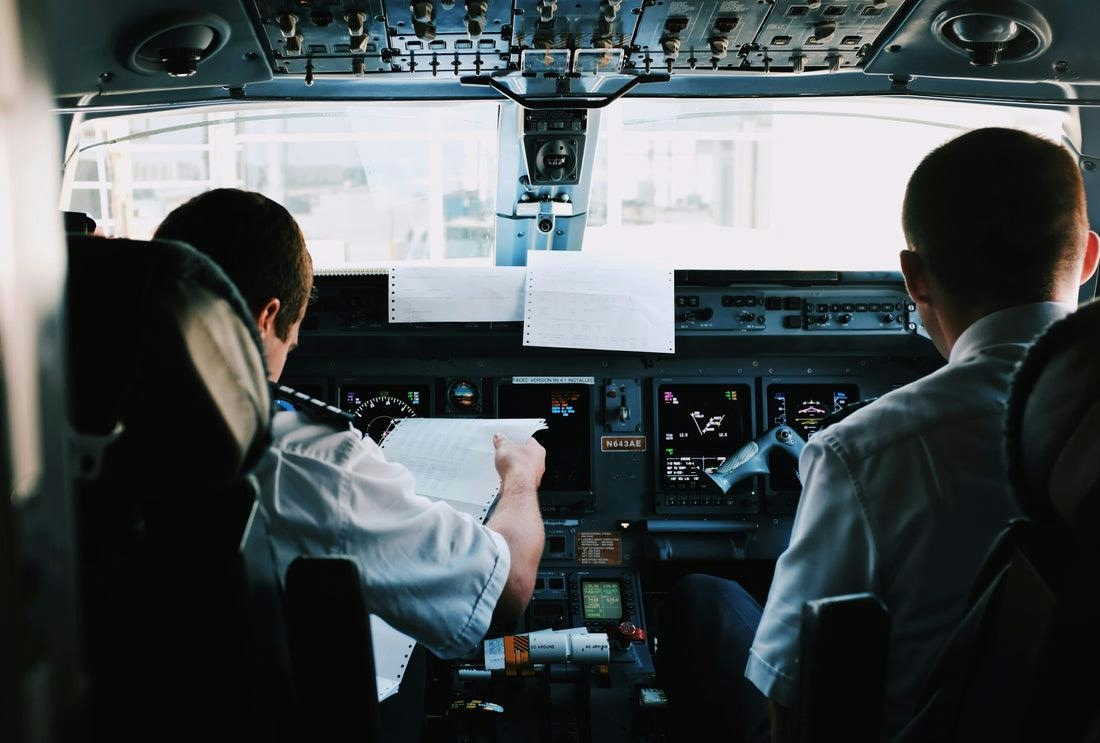
New Airlines Confront Supply Chain and Staffing Challenges

Global Airline Route Planning Software Market Forecasts Through 2035
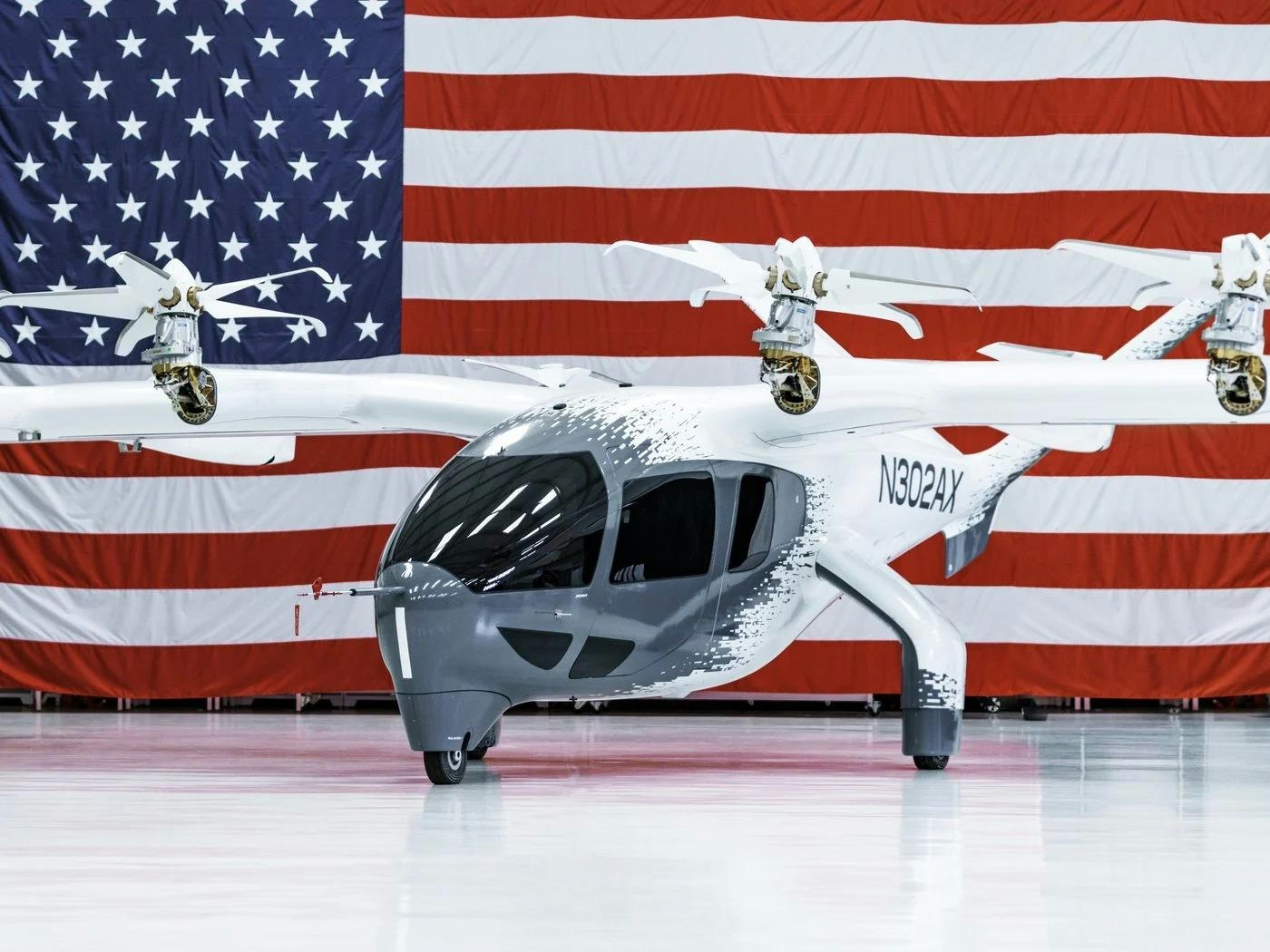
Archer Aviation Shares Rise Premarket Following Nvidia IGX Thor AI Partnership
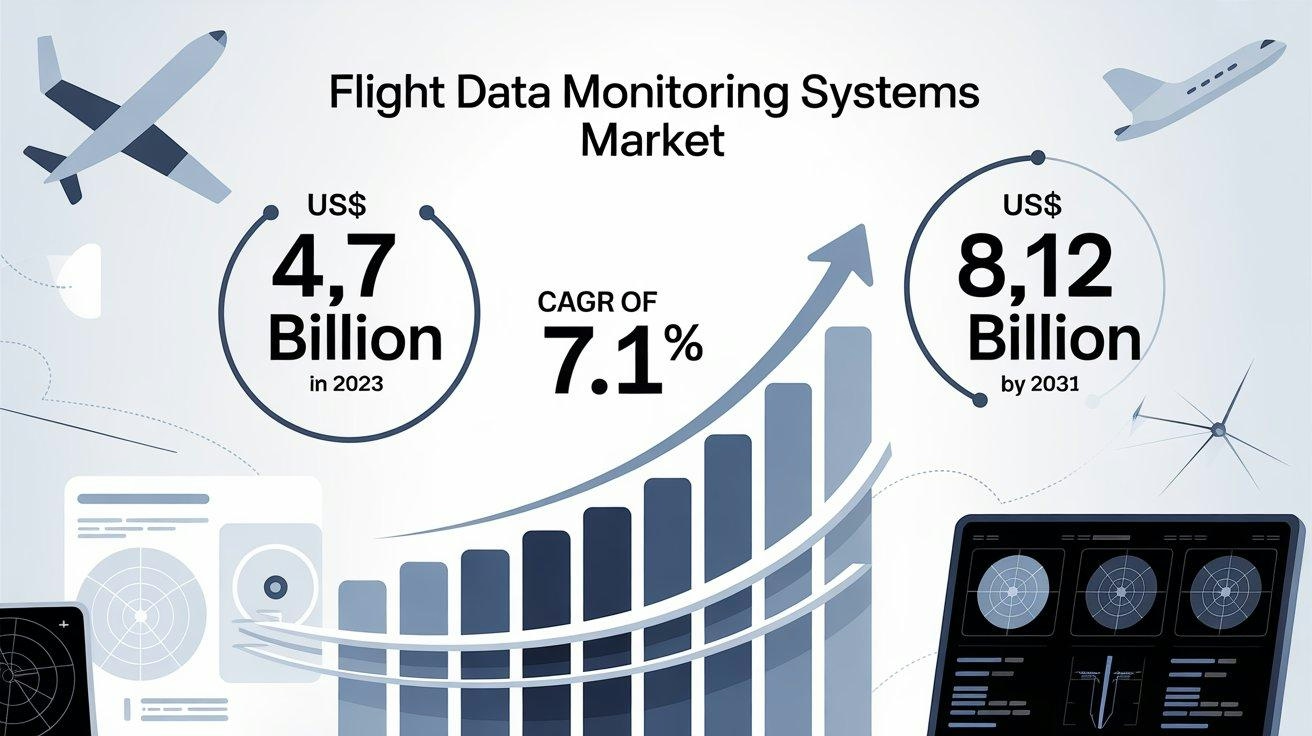
Flight Data Monitoring Systems Market Poised for Robust Growth Amid Rising Focus on Aviation Safety and Digital Transformation
